
I Like My Hose Loads With a Side of Versatility
While attending a regional fire school recently, several of us spent the good part of one evening enjoying the Brotherhood and solving all the fire service problems of the world. At one point the discussion turned to the hose loads used by those at the table. One of the Brothers stated “I couldn’t care less what type of hose load we use….” I was slightly taken aback by the statement to say the least. Could it be that there are firefighters out there that truly don’t care? Could it be that I care too much about the hose loads carried on my apparatus?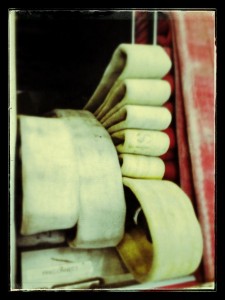
Weeks later I thought back on that conversation and came to realize I DO care about my hose loads. I care that my Nozzle Firefighter can quickly and effectively make a stretch to any entrance of the building by his or herself. I routinely respond with a Driver/Operator, a Firefighter, and myself. We have to make our stretch correctly the first time, every time. To me, the place to start is with the versatility and usefulness of the hose load.
I started my fire service career 28 years ago. I began as a snot-nosed 20-year old rookie riding tailboard (yes, really), then in the jumpseat, then as a Driver/Operator and finally the past 17 years as a Company Officer. I’ve stretched a hose line once or twice in my career. I’ve also used just about every hose load you can imagine including some that were developed by my department. It wasn’t until I attended Nozzle Forward and was introduced to the concept of the minute-man load that the light bulb finally went on for me. This was the first time in 28 years that I found a hose load I felt was truly versatile at making all types of stretches.
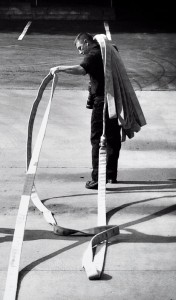
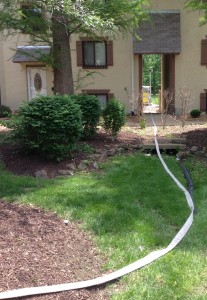
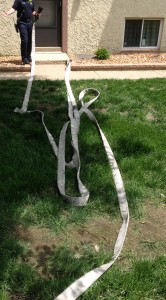 One of the biggest strengths of the minute-man load is that the Nozzle Firefighter shoulders at least half of the load. This allows them the ability to move freely to the point of entry. Dragging of hose and the tendency of it to become hung-up on obstacles is greatly reduced. The Nozzle Firefighter is then free to concentrate on looking at the terrain and sizing up the building for anything I might miss. Once at the point of entry, the nozzle bundle is deployed perpendicular to the entrance and then charged. With the hose pointing in the door, advancing the hose through the house is easier as the friction points of the door jamb are minimized. All the excess hose is right outside the door making it easier for the back-up firefighter (me) to feed slack for the
One of the biggest strengths of the minute-man load is that the Nozzle Firefighter shoulders at least half of the load. This allows them the ability to move freely to the point of entry. Dragging of hose and the tendency of it to become hung-up on obstacles is greatly reduced. The Nozzle Firefighter is then free to concentrate on looking at the terrain and sizing up the building for anything I might miss. Once at the point of entry, the nozzle bundle is deployed perpendicular to the entrance and then charged. With the hose pointing in the door, advancing the hose through the house is easier as the friction points of the door jamb are minimized. All the excess hose is right outside the door making it easier for the back-up firefighter (me) to feed slack for the 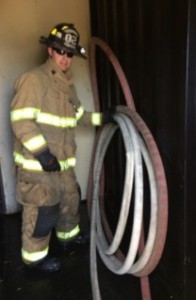 Nozzle. The Nozzle bundle can also be converted into a coil (mimicking a Cleveland Load) in a small area.
Nozzle. The Nozzle bundle can also be converted into a coil (mimicking a Cleveland Load) in a small area.
Leave no slack behind……
Another example of the versatility afforded with the minute-man is the ability of just the Nozzle Firefighter to deploy the line up stairs, down a hallway, or around the back of a structure. The minute-man also lends itself well to “short-stretching” for those times when you’ve got to manage 200-feet of hose in 50-feet of space. The Driver/Operator simply stretches the supply bundle opposite of the door to dump the extra hose out of the way.
One final advantage with the minute-man load is the ability to easily extend a line by shouldering the nozzle bundle, disconnecting it from the supply bundle, then adding it to the end of your line for an additional 100-feet of attack line. We’ll cover extending our lines in another article.
At the end of the day, it doesn’t matter what hose load that you use. What matters is that you train with it regularly and that you can stretch it effectively at 02:00. Get out and train. Train in real settings, not just in front of the station. Get permission to make stretches at occupancies in your area that will present challenges for you.
Until next time, get out and stretch some lines!